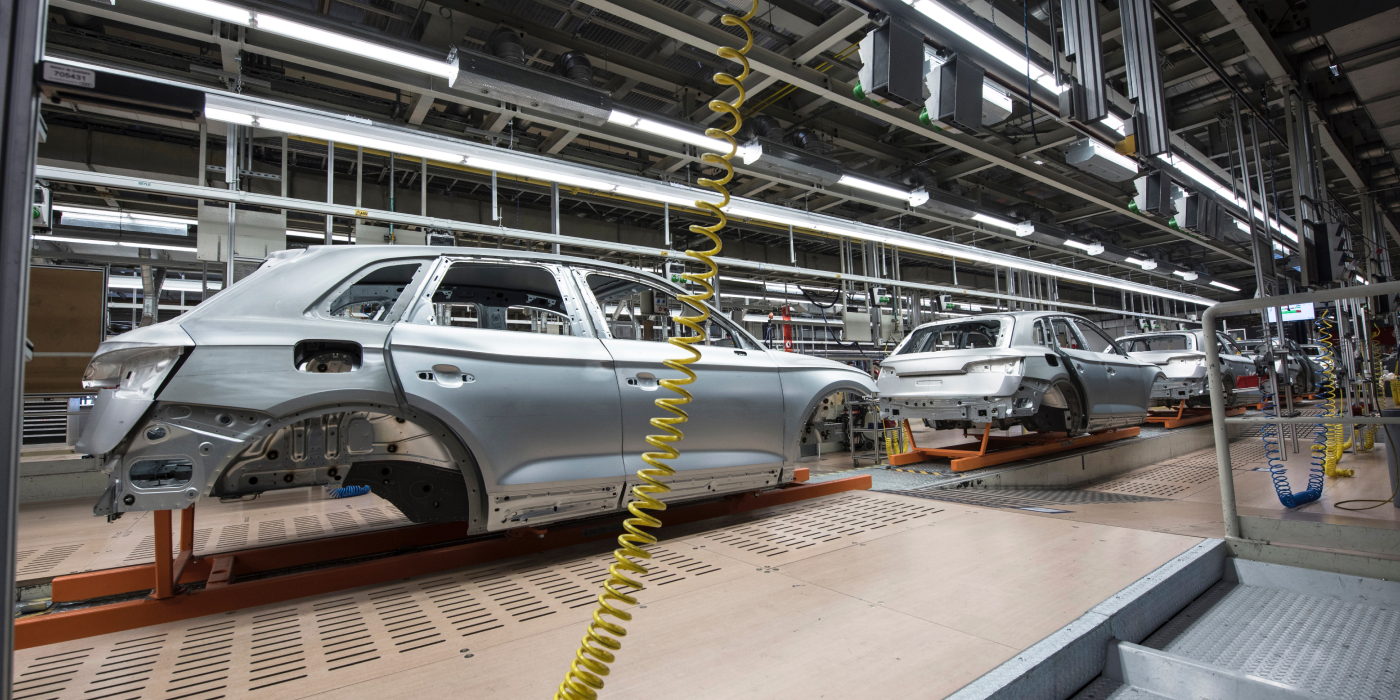The Impact of Just-in-Time Inventory on Auto Parts Distribution
Just-in-time (JIT) inventory involves ordering and receiving goods just in time for their use, rather than maintaining large inventories of goods in storage. For decades, Toyota and other companies have harnessed just-in-time inventory management to lower inventory costs and boost service. This is an efficient model as long as everything is running smoothly and on time. The past few years have exposed the shortcomings of the JIT inventory strategy.
Here are some of the ways in which the JIT inventory model benefits the automotive parts distribution process and whether or not it still works today.
Reduced Inventory Costs
One of the primary benefits of JIT inventory is that it allows companies to reduce their inventory costs. By ordering and receiving parts just in time for their use, companies are able to minimize the amount of inventory they have to store. This can lead to significant cost savings, as companies no longer have to pay for storage space or maintain large inventories of parts.
The objective of JIT is to reduce overhead and gain efficiency of inventory management. Inventory is only purchased as it is needed, and warehousing needs are minimal. Companies rent or build smaller warehouses, allowing the manufacturer or distributor to reduce the amount of products stored, which lowers the risk of overspending.

Increased Efficiency
JIT inventory also helps to increase efficiency in the automotive parts distribution process. With JIT inventory, companies are able to order parts exactly when they need them, which helps to minimize the amount of time parts spend in transit. Distribution management systems can provide the tools to help distributors plan, optimize, execute, and track delivery routes efficiently. This helps to increase delivery efficiency and speed and ensure parts arrive just in time for automotive production or service schedules to run seamlessly. JIT is one of the most efficient inventory management practices, as it reduces storage needs and helps keep parts moving.
Improved Quality Control
JIT inventory can also improve quality control in the automotive parts distribution process. With JIT inventory, companies are able to order parts in smaller quantities, which allows them to inspect each part for quality before it is used. This helps to ensure that only high-quality parts are used in the manufacturing process, which can help to improve overall product quality.
Overall, JIT inventory has had a significant impact on automotive parts distribution. By reducing inventory costs, increasing efficiency, and improving quality control, JIT inventory has helped to streamline the automotive parts distribution process and improve the overall performance of the automotive industry. However, inventory problems over the past few years have put the future of JIT inventory models into question.

Does the JIT Model Still Work in 2023?
A modern car is made up of tens of thousands of individual parts. Supply chain issues, the global chip shortage, and production delays have highlighted the problems with the just-in-time inventory model. Inventory issues have led to challenges for auto manufacturers and distributors who cannot produce or supply as much as they did before the pandemic, making JIT inventory a luxury for many at the moment. U.S. auto production still has not recovered to pre-pandemic levels.
Despite parts inventory setbacks, it is unlikely that auto manufacturers and distributors will want to replace just-in-time inventory entirely. Storing less inventory has advantages as it increases efficiency and reduces costs. But, meeting in the middle and using both just-in-time and just-in-case inventory models can be the solution to help companies build stronger and more flexible supply chains. Just-in-case is an inventory system in which businesses keep large inventories on hand to reduce the risk of back orders and make their supply chains more agile and resilient in the face of supply and demand uncertainties.
Auto manufacturers and distributors need to make adjustments to their inventory management practices in areas of their greatest vulnerability. Stockpiling more critical parts, especially if they are irreplaceable like semiconductors, will help them minimize production delays and avoid another chip shortage. While, less crucial parts can be ordered as needed.
Increasing Inventory Optimization
Other factors also play a role in ensuring companies have adequate inventory levels to maintain their businesses. Relying on international parts suppliers can lead to substantial logistics costs, delays, and high risks in times of unexpected disruptions. Shutdowns, production delays, high freight costs, and labor shortages can have catastrophic consequences on inventory levels. Companies can not receive the materials and components that are critical to production. If a material or part arrives damaged from a supplier, replacements are not easily accessible.
Working with multiple local or regional suppliers in the future can help minimize the risks of parts shortages, safeguard auto production and repair schedules, and simplify and improve the supply chain and distribution process. Using fewer product transfers and shorter routes to produce and deliver parts increases the chance that companies will receive them when they’re needed. Local suppliers are more easily overseen. Manufacturers can easily visit them, enhancing the ability to maintain quality control.
While these measures should alleviate the problem to some extent, they are not enough. Alongside adapting inventory management and sourcing processes, auto manufacturers and distributors need to accelerate investment into technologies. Supply chain and distribution management technologies that offer a real-time view into all stages of a company’s supply chain allow for smarter demand and sales forecasting and enable more informed supply chain planning and decision making. These tools help manufacturers mitigate some of the risks associated with the JIT model and manage supply chains better.
Limited inventory and the supply chain crisis have highlighted the importance of assuring redundancies, such as holding extra inventory, not overly relying on JIT inventory, and having alternative supply sources. Additionally, increasing investments in digital tools will help auto manufacturers and distributors strengthen their supply chains, ensure production and service schedules run smoothly, and build and maintain flexible automotive supply chains able to withstand unexpected challenges in the future.
For more information about how our delivery management solution can help you manage your auto parts distribution more efficiently, please contact info@bringoz.com.
